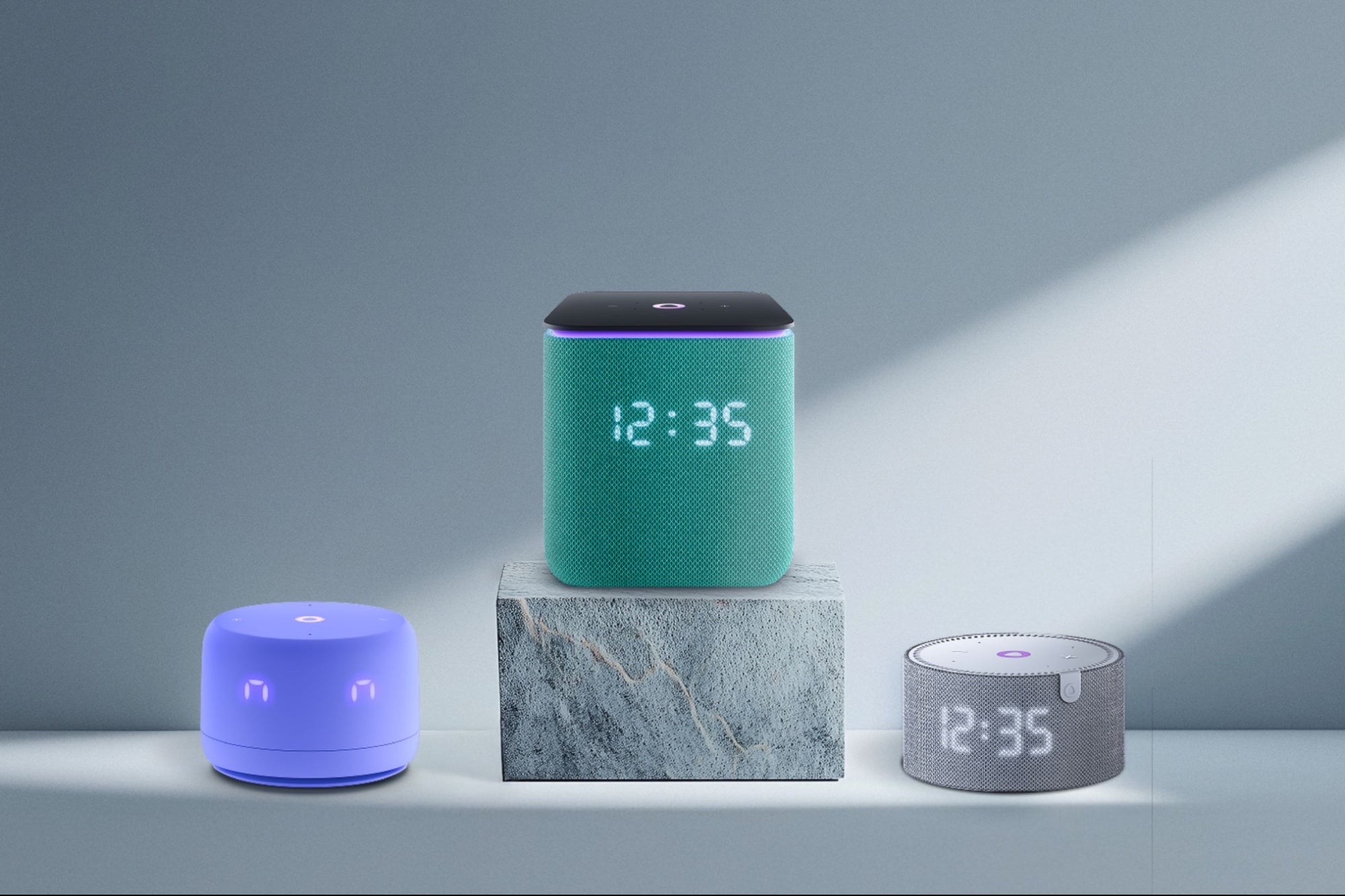Three Steps To Building Brand Love As You're Launching Your Startup While having a viable solution is critical to a startup's success, BIZ Experiencess often disregard the importance of fostering a community built around love, especially during the early stages of launching.
By Rami Deeb
Opinions expressed by BIZ Experiences contributors are their own.
You're reading BIZ Experiences Middle East, an international franchise of BIZ Experiences Media.

Startup founders focus on creating a product or service that solves a problem faced by many, which can then also be monetized. While having a viable solution is critical to a startup's success, BIZ Experiencess often disregard the importance of fostering a community built around love, especially during the early stages of launching.
With every new venture, there's an opportunity to establish an entirely new brand that users will interact with and form an opinion about. What's even more important is the idea of first impressions, they do matter- and they have the potential to determine how long your customers are willing to stay with you.
However, first impressions are not formed solely from brand identity, but also from brand image and experience. Meaning, how people perceive and feel about your brand is often created during the first few touchpoints- if you get those right, then you're safe.
BRAND LOVE: HAVE THEM AT "HELLO"
When Apple first launched the iPhone back in 2007, when social media was not mainstream, they went with a very simple yet ingenious way to promote their buttonless phone: the "Hello" campaign.
The first word that people begin their interactions with is "hello," and that's what customers would use when meeting the iPhone for the first time. What Apple masterfully did is build an immediate connection with consumers across the world, using one universal word that's recognizable and approachable.
Talkwalker, the leading consumer intelligence platform, recently released its second edition of the Brand Love Story 2021 report, and in it, it highlights how brands big and small are looking inwards to increase brand loyalty and advocacy. It might appear like the COVID-19 crisis was the main driver for this shift towards maximizing brand affinity, but it already had momentum from previous years, as digital users have increasingly relied on word of mouth to make a purchase.
If you are an BIZ Experiences or thinking of starting a business, I'd like you to remember that brand love is a long-term endeavor that requires meticulous nurturing and attention to detail. Start small, be honest with your first paying customers, and never hesitate to admit when your product "broke down"- customers appreciate transparency.
Below I will lay out three key points that will help you get started in your journey towards brand love, which will potentially also reduce your initial marketing and PR costs:
1. Put the customer at the core of your solution Startup founders, depending on their background and experience, might prioritize different things like "making the product work," "making the product look beautiful," or "finetuning the social media messaging because that's what everyone else is doing." More often than not, the end customer comes as an afterthought for first-time startup founders.
Customers are no longer satisfied with half-baked products that simply fulfill their needs by functioning the way they were designed to. Of course, the solution should work; you had all the time to prepare for it. But customer expectations are much more complex and personal nowadays.
Customers are looking for that magnificent experience and the sensation that they're proud to be affiliated with your brand. They don't hesitate to show you off to their friends. In order to achieve that level of customer satisfaction, you need to offer them a seamless and intuitive experience that goes beyond being functional and goes to a deeper level of interaction: endorsement.
To incorporate the voice of customers into your planning strategy, you can ask them to test your app, survey their opinion, or engage with them and answer their questions before launching.
You will realize that your first paying customers will be your voice (and ears), and now, more than ever, they have all the tools to advocate for and defend your business- even if it messes up in the early stages of launching.
I want you to think of the grocery shopping app you have on your smartphone, and ask yourself: "Why do I keep using this particular app while there are hundreds like it?" Hint: it's that little thing called brand love.
2. Listen to your competitors' exes There's no shame in approaching your competitors' ex-clients- there's a reason why they left in the first place. They might have felt like they were in a client-service provider relationship where, instead, they were looking for a long-term partnership built on trust and transparency.
If you're newly entering the market, your startup probably does not have a significant reputation or "legitimacy," and therefore, the startup must prove itself worthy. Do your due diligence on your competitors' ex-clients, and be attentive to their needs and concerns. Make them feel heard and understood.
Think of it this way: you are having the first-hand experience of a real-world industry problem, without any of the risks! Having these conversations will help you put these specific needs into your product or business model, and ultimately lead to them converting into paying clients.
Now is the time to learn from other people's mistakes.
3. Don't rush brand love
After demonstrating that you genuinely care about your customers' opinions, you must not expect an immediate reciprocal reaction from them. Like all relationships, brand love needs time, and it involves a series of trial and error.
Brand loyalty is not built in a day, especially with so many competitors out there who are also targeting the same audience as you are. Therefore, your content, community, social, and communication strategy must all channel towards amplifying your brand as customer-centric.
Customer-centricity is not simply about delivering the right content or ad to the right target audience, it's about embedding your customer's voice into every decision that you make. Your customers are also part of your team one way or another.
Related: Four Lessons Brands Should Learn From The Accelerated Digital Revolution That Happened In 2020













